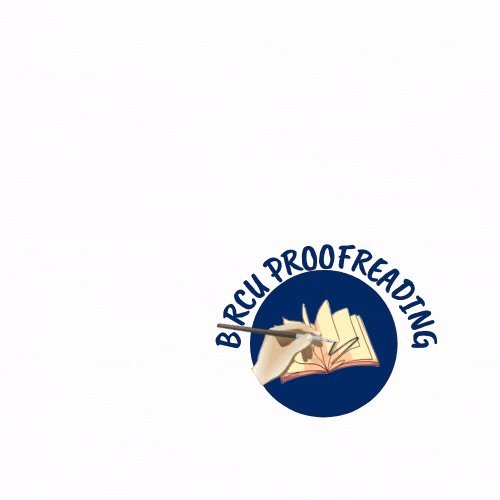Analyses of Economy and Creative Economic Potentials in Bogor Regency
Abstract
Located between the feet of the Mount Gede and the Mount Salak, Bogor Regency is a region blessed with abundant natural potentials which can be turned into tourism objects to attract both local and overseas tourists. Such advantages cannot be found in many regions. Therefore, it is necessary for local governments to recognize and to map any benefits that the region has and to identify any sector which should receive immediate attention so that they can be the driving locomotive the development of the region. The purpose of this study is to analyze the economy, economic structure, the leading sector, creative economic potential, and strategies for developing the creative economy of Bogor regency. In terms of method, this research used secondary data with analysis of economic growth, economic structure and sectoral contribution to GRDP, LQ analysis, and Shift Share analysis. To recognize potentials of creative economy and development strategy in the future, SWOT analysis with a seven-dimensional creative economy approach was applied. The research found that the growth of Bogor Regency is the highest compared to other cities/regencies in West Java... Based on the LQ analysis, there are four business fields which have been the leading sector, or the base sector with an LQ value > 1. Shift Share (SS) analysis of Bogor Regency towards West Java province over the 2015-2019 period found that the value, the overall growth of Bogor Regency is relatively higher than that of the West Java Province. Positive Differential Shift (DS) value indicates fairly high comparative advantage. The Proportional Shift (PS) value also shows proportional composition of industrial sectors growing faster than the province of West Java. Based on the seven dimensions of the creative economy used in this research, through a SWOT analysis, it needs to be developed as a whole. Of the seven dimensions, there are two dimensions that are of priority and concern. The first is the issue of human resource development and the second is the issue of financing or capital.
Keywords
Full Text:
PDFReferences
Amir Mahmud. (2016). Indonesia’s Post-Reformation Economy, Erlangga Publisher, Jakarta
AR RT Hidayat, A Y Asmara. (2017). Creative industry in supporting economy growth in Indonesia: Perspective of regional innovation system, IOP Conf: Earth and Environment Science, Vol. 70, 2017
Bagdja Muljarijadi. (2011).Pembangunan Ekonomi Wilayah Pendekatan Analisis Tabel Input Output, Unpad Press Publisher, Bandung
Bappeda, Medium Term Development Plan (RPJMD) of Bogor Regency, BAPPEDA Bogor Regency
BEKRAF. (2016). National Creative Economy System, Guidelines for Creativity Rating of Regency/Municipality, Deputy for Infrastructure of the Creative Economy Agency, Jakarta
BEKRAF. (2017). Statistical Data and Results of the Creative Economy Survey, Cooperation of Creative Economy Entities and Central Statistics Agency, Creative Economy Agency, Jakarta
BPS. (2019). Gross Regional Domestic Product of Bogor Regency by Business Field 2015 – 2019, Central Bureau of Statistics, Bogor Regency
BPS. (2019). Bogor Regency Economic Indicators 2018/2019, Central Statistics Agency, Bogor Regency
BPS. (2019). Pocket Book of West Java Province GRDP, Regency/City GRDP in West Java, Province GRDP in Java and Indonesia's GDP 2015 - 2019, Central Statistics Agency, Bogor
Carr, J. (2009). Creative Industries, Creative Workers and the Creative Economy: A Review of Selected Recent Literature. Scottish Government Social Research.
Cita Yustisia Serfiyani, R. Serfianto D. Purnomo, Iswi Hariyani. (2016). Creative Top Secret, Creative Business Success Ingredients of All Time, Andi Publisher, Yogyakarta
Ministry of Trade of the Republic of Indonesia. (2009). Study of Indonesian Creative Industries 2009, Jakarta
Freddy Rangkuti. (2017). SWOT Analysis: Dissecting Business Case Techniques, PT Gramedia Pustaka Utama, Jakarta
Hamdan. (2016). Development Policies and Strategies for Creative Economy, Presented in the Excurse Study activity of Students of the Department of Economics and Development Studies, University of Muhammadiyah Malang, Jakarta
Herie Saksono. (2012). New Talents Trigger Regional Competitiveness, Journal of Bina Praja, Vol 4 No. 2, 2012.
Wollie, G. (2018). The Relationship between Inflation and Economic Growth in Ethiopia. Budapest International Research and Critics Institute (BIRCI-Journal), 264-271
DOI: https://doi.org/10.33258/birci.v4i4.2909
Article Metrics
Abstract view : 88 timesPDF - 42 times
Refbacks
- There are currently no refbacks.

This work is licensed under a Creative Commons Attribution-ShareAlike 4.0 International License.

This work is licensed under a Creative Commons Attribution-ShareAlike 4.0 International License.

_.gif)

















_.gif)



